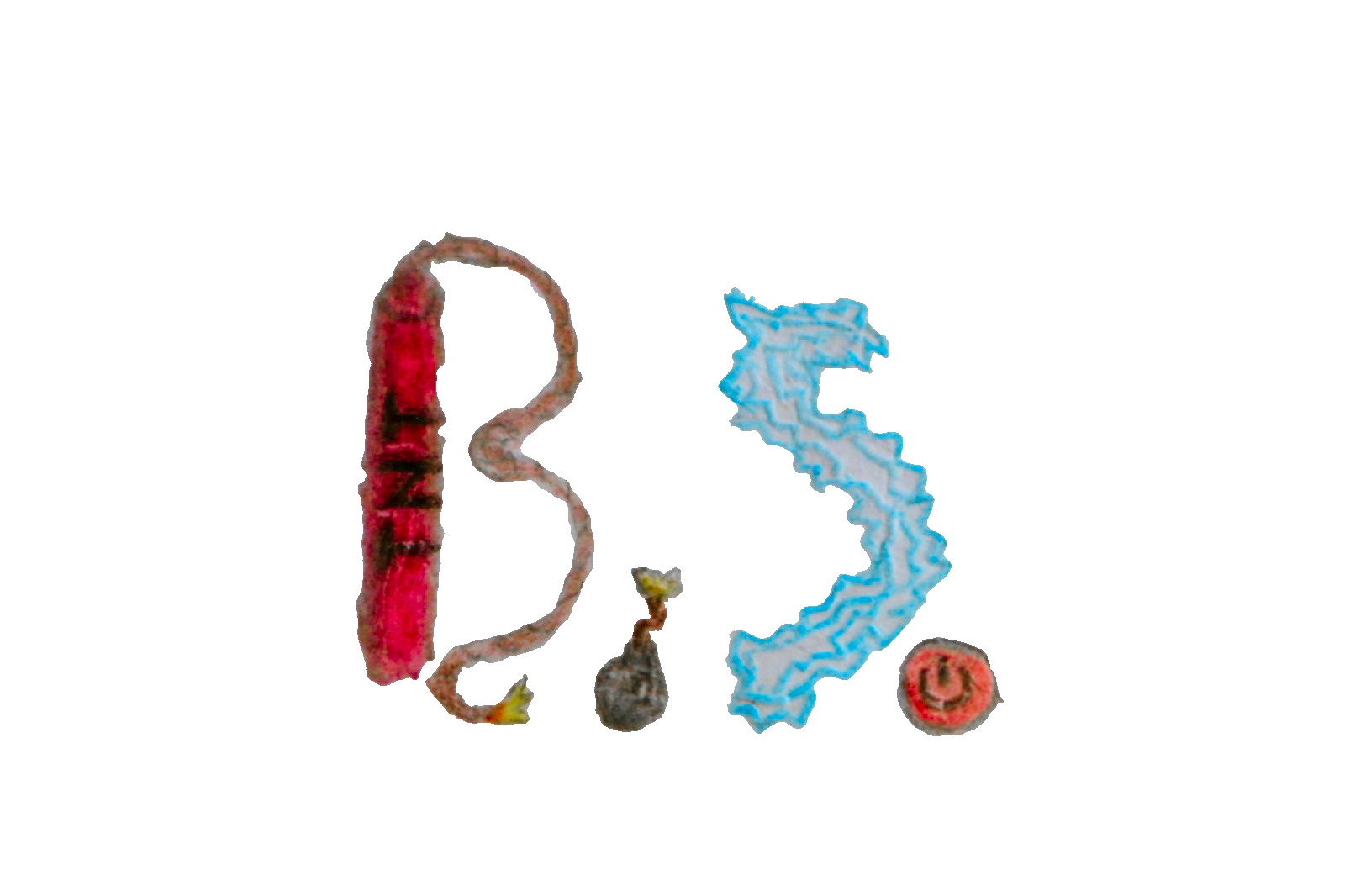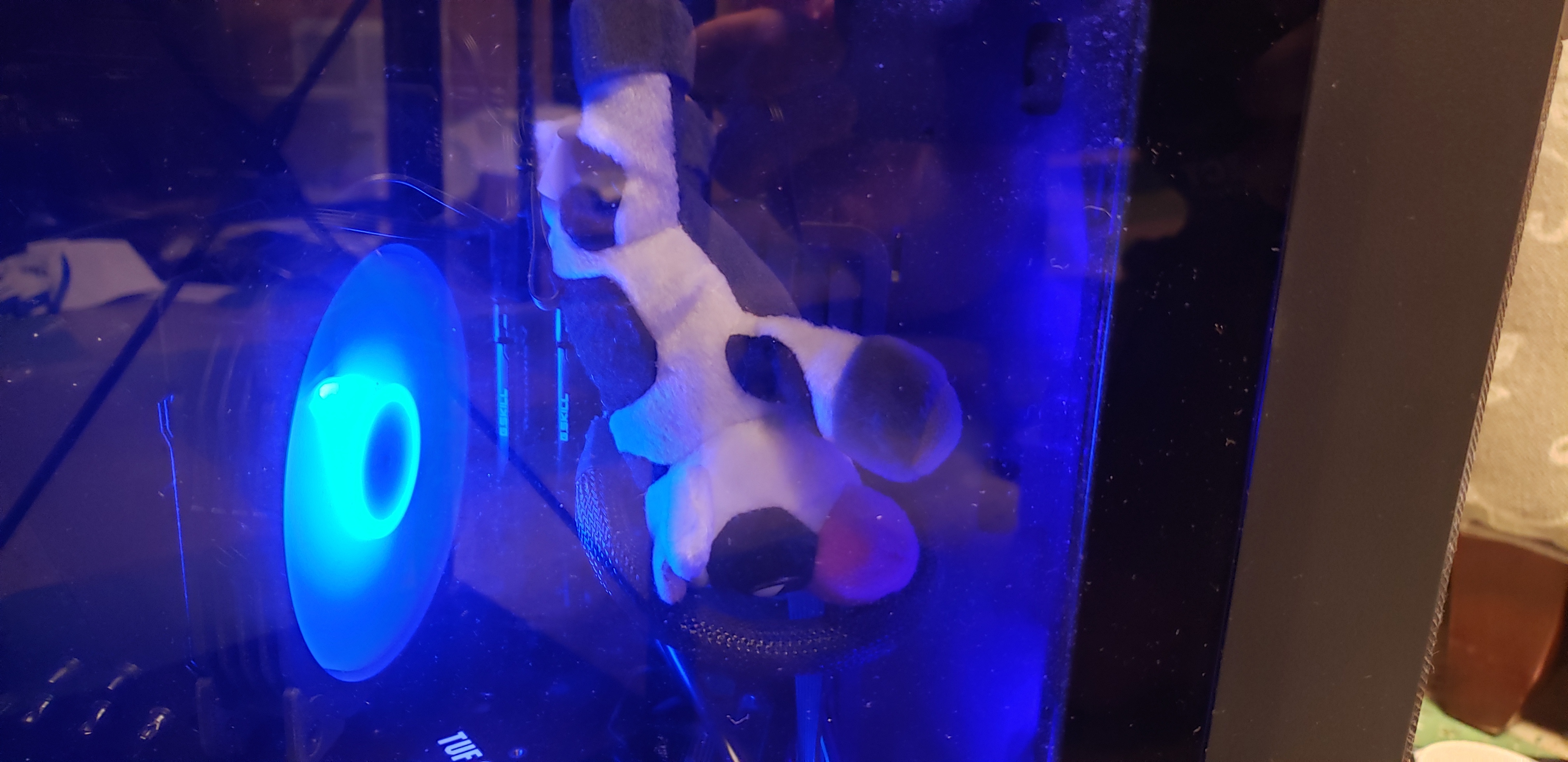I am shocked by this - the quote in below is very concerning:
“However, in 2024, the situation changed: balenaEtcher started sharing the file name of the image and the model of the USB stick with the Balena company and possibly with third parties.”
Can’t see myself using this software anymore…
Why use a fancy GUI tool when good old
dddoes the trickcp command works well too
pvfor life.cat is the tool of distinguished gentlemen
dd status=progresscan also tell you how far along the operation is.Dang, nice! I’ve been using dd for nearly 30 years and have never seen that. I actually used to used dcfldd because it had better progress reporting than dd (and supported repeated patterns for input). Thanks for sharing!
Because of the risk of accidentally wiping the main drive if you’re just copy pasting stuff
If that happens to you, that’s both a great reminder that mindlessly copy-pasting commands from the internet is a terrible idea, and a chance to practice your restore-from-backup routine! I see no downsides.
for Windows
Happy user of Ventoy here
Good luck with the binary blob!
For some more context:
https://lemmy.one/post/19193506
💀💀 seems like dd commands and gnome’s MultiWriter might be the only ways to flash stuff on linux
Fedora Writer is another one (also works on Windows and maybe Mac), and there’s also GLIM for multiboot, similar to Ventoy.
There’s also Popsicle which is made by the folks over at System76.
Gonna look into GLIM, thanks
The linked article recommends Raspberry Pi Imager for writing Tails from macOS, and that is also available on Linux and Windows.
https://www.raspberrypi.com/software/
Though the site only shows how to install on Ubuntu, the GitHub repo for the tool does have an AppImage that should work on any distro.
I thought the binary blob thing was explained?
Basically UEFI booting requires shims and those need to be signed so the Ventoy author is re-using the ones from Fedora and OpenSUSE. This can be verified by comparing hashes, which the author of that comment shows how to do.
This whole thing seems to come down to people freaking the F out because they don’t understand how the software works and the Author of the software is currently PO’d off at the community and stopped answering questions.
The price of doing business with UEFI. There are ways around it but it works so fucking smooth. I’m down with it.
Last I heard it was also suspect: Ventoy source code contains some unknown BLOBs, still no word on the issue from the dev after months
deleted by creator
This has been my experience as well. Some people love it, but I’m not gonna rely on it for critical backup or recovery tools (also, there’s that whole binary blob thing, besides).
I have had no complaints about it, but with that said, I absolutely would not use it for any vital backup your recovery tools.
It was fantastic however, to use to load up with handfuls of different live distro ISOs to play around with.
That’s… Interesting. I’ve been using Ventoy professionally for like… 2-3 years now and I’ve not once had an issue with daily use. Unironically like 2500-3000 uses without issue.
Completely aside from the blob issue mentioned, the Tails team has recommended against using a multiboot utility like Ventoy to install Tails. Ventoy works fine for basically any other operating system (again, aside from the blob issue), just not Tails, which is what this post is about.
That’s interesting, apparently it was mentioned on github but nothing seems to have changed in the end
https://github.com/balena-io/etcher/issues/3784
Haven’t used that software in a long time but maybe there’s an opt-out somewhere during runtime? Although I don’t see why a user needs to be required to opt out of nonsense like this when just writing firmware to a USB disk.
Only ever touched balenaEtcher when some project or distro recommended it. Overall prefer Rufus for this sort of thing when working on Windows.
I’ve used Sardu on Windows for making multi-iso bootable USB sticks a long time ago in the past, but I’d admittedly never looked at their ToS or Privacy Policy. My use case was slapping some live boot antivirus scanners, data recovery tools, and one or two lightweight liveboot-Linux ISOs on one USB as a portable toolkit.
When I’m making anything else from Windows, I’ve always stuck with Rufus. Had never heard of BalenaEtcher before now.
I"m horrible with names of programs and mess with a lot of junk comps switching out OS’s and just tinkering around so I’m always using crazy utility programs. BalenaEtcher is used in a lot of tutorials or guides for installations, I think recently both Elementary OS and even Ubuntu had instructions pointing towards BalenaEtcher.
I never thought it was a great program, it was finicky to use and errors out quickly multiple times. Looking back I saw the signs, weird new program being promoted above other “well established” burn programs, ads, and now scrolling down their webpage it’s just a bunch of promotional subscription bullshit. I think I just threw up in my mouth a little bit looking at the “balenacloud” and “balenasense”, like if they’re collecting your data through etcher then all of that shit is probably compromised. Another fucking google wannabe corp.
Ahh too bad because balenaEtcher just werks for me.
If you actually read the post, you would have known, it does work, but there are some privacy concerns with it:
“However, in 2024, the situation changed: balenaEtcher started sharing the file name of the image and the model of the USB stick with the Balena company and possibly with third parties.”
What options are there for flashing to SD cards? Something that works on Mac too would be nice. A gui is preferred.
Plug your usb drive in and run lsblk to figure out which letter to use instead of x in /dev/sdx
sudo dd if=image.iso of=/dev/sdx bs=1M status=progress
EDIT: I totally didn’t read your request. This is not gui or Mac based, but it still might help someone.
Mac should have dd,
I’d assume lsblk as wellnot lsblk though. There’s fdisk thoughI’m pretty sure mac, being based off freebsd, would include dd
The comment said “SD Card” so it would be
/dev/mmcblk*I use a microSD to usb adapter and have 2 spinning rust disks. So it’s /sdc for me, but i still always double check. Dd isn’t called the disk destroyer for nothing.
Here’s a wildcard people might not know about: Raspberry Pi Imager
I use it because it’s faster than Etcher and it also has a bunch of quick links to download popular images (mainly for RPI and other arm-based SBCs) in one click which is handy if you use those regularly.
Wow, I was not aware of that. I really liked balena. Thankfully, I haven’t been using it since installing Mint.
Just use
dd. It’s not that hard. You pass it 2 arguments:if=the file you want to flash, andof=the destination. If you’re feeling fancy, pass in somestatus=progress. And don’t forget to prepend it withsudo. That’s it.I just tried this the other day and was unable to boot from the USB. any chance you could shed some light on what i might have screwed up?
The command was:
dd if=fedora.iso of=/dev/sdc bs=4M status=progressThe USB stick was not mounted and the fedora image was verified. The command completed successfully but I couldn’t boot from it. When I used fedora writer to burn the same image to the same USB stick it booted no problem.
Edit: spelling
Did you make sure that the
ofis correct?lsblkto make sure.If your sure it wrote to the right drive i would make sure that you have a good download. Did you run your checksums?
I think fedora works with secureboot but you might want to disable it just to see if that is the issue. I believe you can reenable it after install.
Make sure to go into the bios and boot from external drive/usb.
Out of 15 years of using
ddi have never had a problem.I did verify with
lsblk, with a listing before and after plugging in the stick to be absolutely sure.I also did verify the checksum of the ISO.
I’ll double check SecureBoot, but as I mentioned, the same ISO written to the same stick with Fedora writer did boot in the same machine it wouldn’t boot from with the
ddversion.I know it’s something I did or didn’t do to make it work correctly, so this is not me trying to dunk on
dd, just trying to understand what I did wrong.
Don’t use Fedora myself, but it may not be a hybrid ISO that becomes bootable when written… so I looked and you are missing a flag
dd if=/path/to/image.iso of=/dev/sdX bs=8M status=progress oflag=direct
From https://docs.fedoraproject.org/en-US/quick-docs/creating-and-using-a-live-installation-image/
I don’t think
oflags=directhas any influence on the result. Apparently that’s about disabling the page cache in the kernel, which can avoid a situation in which the system slows down due to buildup yet-to-write pages.Perhaps not. But the flag allows for direct I/O for data, bypassing buffers which can be overrun with certain size blocks, potentially causing dirty buffer depending on the machine being used. My understanding is that it’s “more reliable” for writing (especially on shitty USB Flash drives) and getting the exact ISO properly written.
But it could be useless all the same - I’m just pointing out that OPs command is not the one recommended by Fedora when writing their ISO. Also OP is less likely to pull the drive before buffers have flushed this way.
Oh yeah that’s where I was getting at, but I didn’t have time to write that out earlier. I agree that OP probably pulled out the usb stick before buffers were flushed. I imagine that direct I/O would mitigate this problem a lot because presumably whatever buffers still exist (there would some hardware buffers and I think Linux kernel I/O buffers) will be minimal compared to the potentially large amount of dirty pages one might accumulate using normal cached writes. So I imagine those buffers would be empty very shortly (less than one second maybe?) after dd finishes, whereas I’ve seen regular dd finish tens of seconds before my usb stick stopped blinking it’s LED. Still if you wait for that long the result will be the same.
Ah! Thank you! I knew it was something I screwed up!
You didn’t screw up, you beautifully proved why the CLI is never a simple solution.
This is why people trying to pass this as a primary option baffle me a bit. dd is not that bad in isolation, but all of these little commands add up.
If we want Linux to be mainstream, we need to accept that most users aren’t going to be linux enthusiasts. They just want a PC that works normally.
what is a good one to use, is there something like rufus on linux
https://circle.gnome.org/? Never tried their ISO software, I just use dd.
I just use Gnome Disks for convenience over dd.
Can always use dd but I always go stupid when I need to set boot flags and all that crap, which is so much easier with etcher. I think I’ve done dd with gparted in the past.
does gparted set the correct flags too, can it also do windows
i just want a dumb ui i can dumbly drag the iso file to and it takes care of everything for me.
i’ve never needed to set a single flag with dd. i just do
if=the_iso of=the_disk. what flags?Don’t you need to mark usb disks as bootable if you want to boot from them to install Linux or whatever
that’s not something i’ve ever had to do, i’ve only done that for hard drives.
i think it depends on the image you get - for archlinux you can simply cat (or dd) the file onto a usb stick and it works perfectly fine, bootable. but i think i have seen an image at some point where it didn’t work, but i don’t recall what it was.
I used it less than a week ago for a Mint install, worked fine.
If you actually read the post, you would have known, it does work, but there are some privacy concerns with it:
“However, in 2024, the situation changed: balenaEtcher started sharing the file name of the image and the model of the USB stick with the Balena company and possibly with third parties.”
I seriously DGAF who knows which Mint edition I installed or the brand of flash drive I used.
Not using Ventoy in 2025?
Ventoy uses several blobs without any instructions of compiling them yourself?
Balenaetcher has, for me at least, failed to write to USBs for the last 3 years or so that I’ve tried to use it - meanwhile random iso writers from flatpak have been more reliable for me. Very obnoxious that so many iso related sites recommend it. Rufus, kicks tons of ass, if for whatever reason you’re still on windows.
Also on most distros I’ve tried, the disk utility has some sort of right click or context menu that gets you a ‘restore disk image’ button that works great as well.
Flatpack? You are using Linux and you need “iso writers”? Is your dd broken, son?
😂 I also read this as Ron’s voice!
Nah as much as i love doing stuff via terminal, I am extra paranoid specifically about writing to the wrong device and losing data; I prefer as many confirmations as possible that I’m writing to the correct drive, and graphical installers tend to give me just a few more reassurances. A few examples would be stuff like
- a graphical representation of partitions (the general layout of a drive tends to offer an easy ‘fingerprint’ in my mind; like the pattern of partitions help me confirm I’m looking at, say, a Debian install USB compared to a single-partition general purpose storage disk)
- icons for different types of devices, like an SD card, USB, or hard disk icon
- confirmation dialogues summarizing what device is targeted, and what all will be performed
I’m also the kind of person who stares at a written email worrying about every last nuance of my phrasing, so 🤷♂️😂 definitely a me problem, I think!
This sounded like a techy Ron Swanson.
Are the scissors broken in your house, son?
At least one person got the reference!
Friendship ended with Balena
Now Rufus is my new best friend
balenaEtcher never worked for me. No image that I flashed has been usable to boot. The RPi imager has been working flawlessly
Honestly, if you’re using Windows, then you most likely already sent any and all of your secrets to Microsoft. Including that you installed Tails.



















